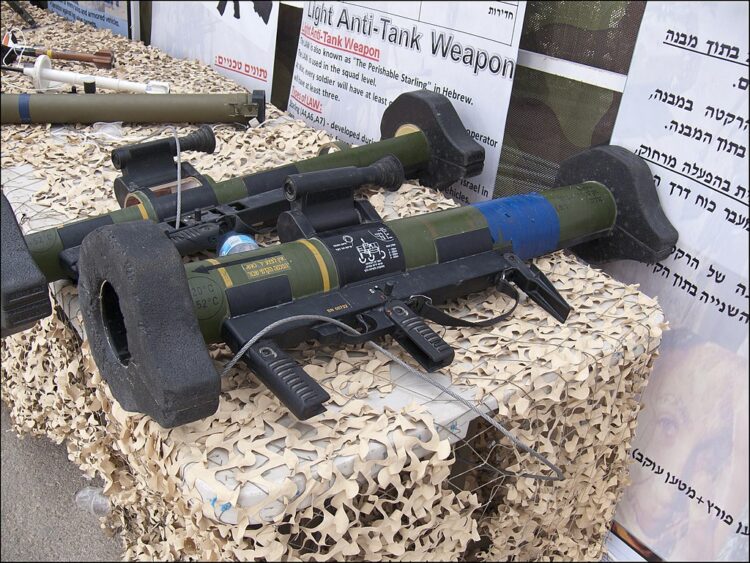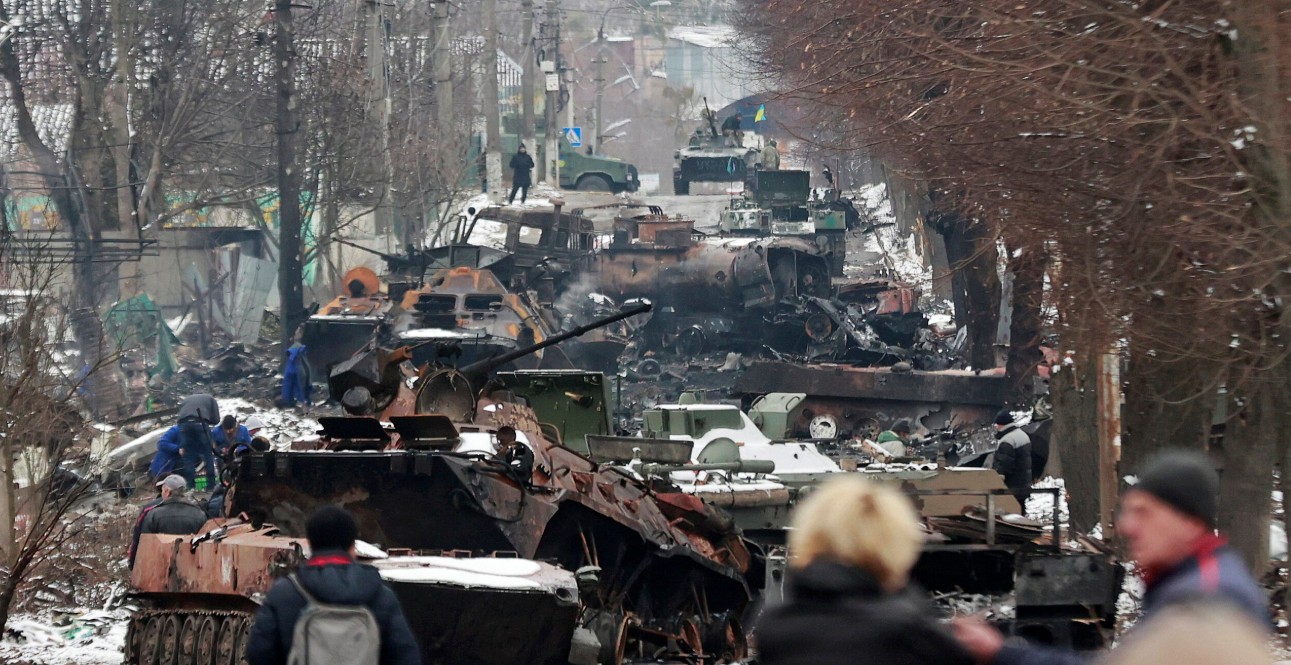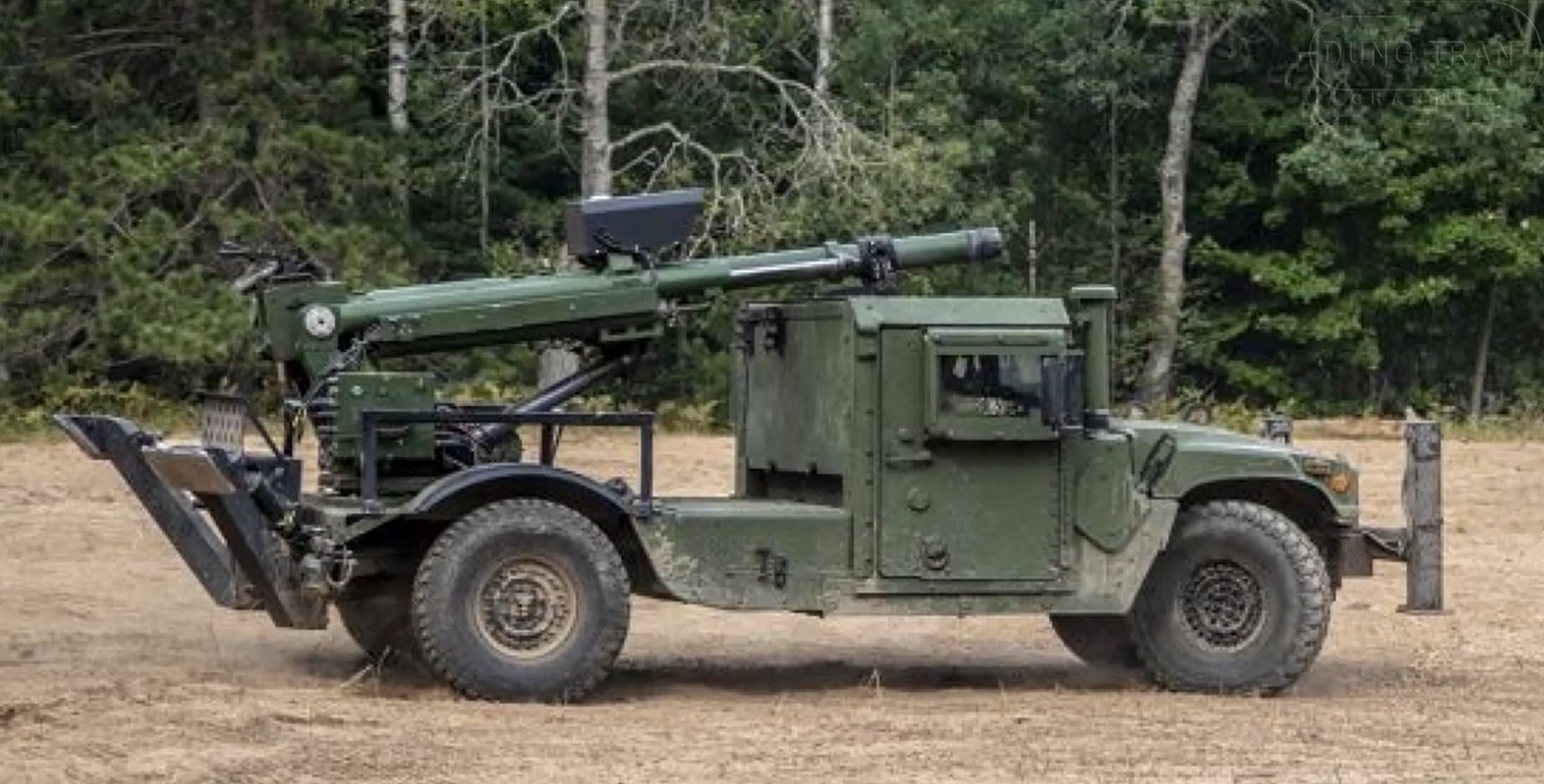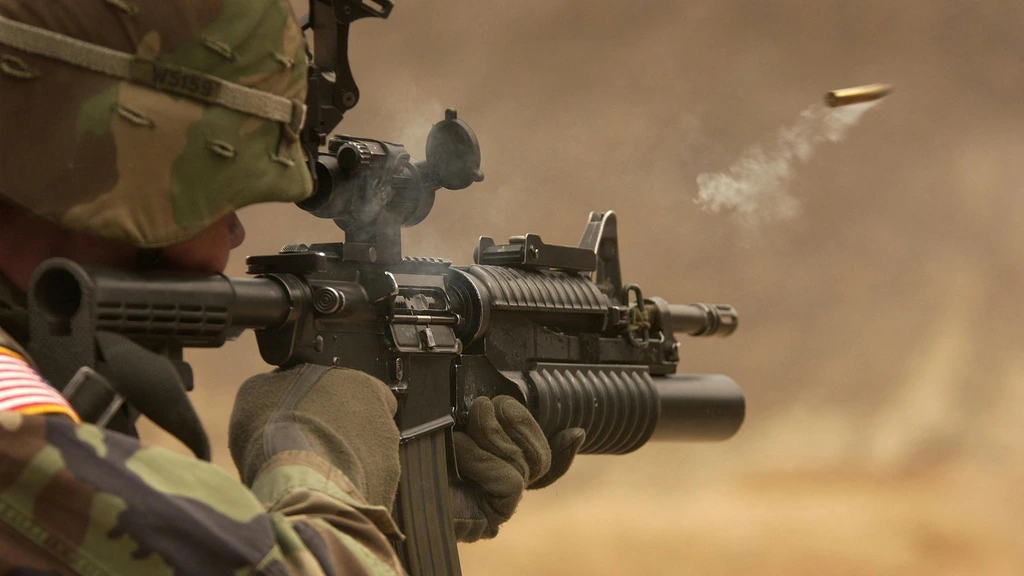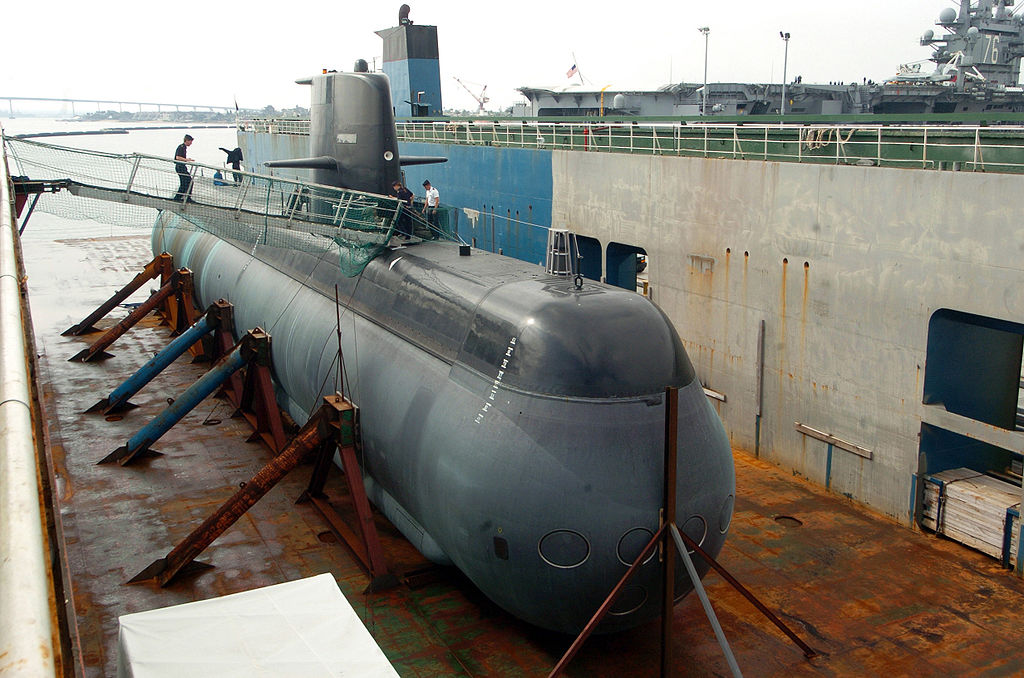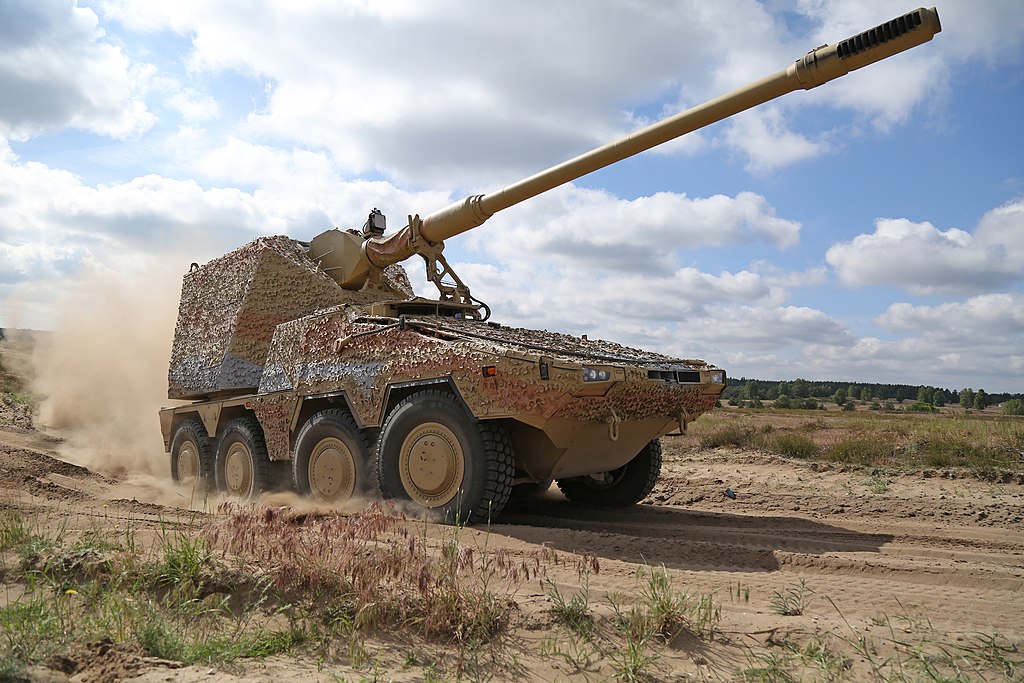The Birth of MATADOR
MATADOR, short for Man-Portable Anti-Tank, Anti-Door and Windows Rockets, is a multi-purpose weapon system developed jointly by Germany, Israel, and Singapore. It was born out of the need for a versatile and portable weapon that could effectively engage armored vehicles, fortified positions, and structures.
The project was initiated in the early 1990s, when the German company Dynamit Nobel Defence (now part of Diehl Defence) collaborated with the Israeli company RAFAEL Advanced Defense Systems and the Singaporean Defense Science and Technology Agency. The goal was to develop a lightweight, man-portable rocket launcher that could be used by infantry units.
Specifications and Capabilities
MATADOR is a shoulder-fired, single-shot rocket launcher that fires 90mm rockets. It weighs approximately 15.3 kilograms and has an effective range of up to 500 meters. The launcher is equipped with an advanced sighting system, which includes a magnified optical sight for precise targeting.
The rocket used by MATADOR is a tandem warhead design, meaning it consists of two warheads: a precursor charge and a main charge. The precursor charge is designed to defeat explosive reactive armor, while the main charge is optimized for penetrating the target’s armor and causing damage.
One of MATADOR’s key capabilities is its versatility. It can engage a wide range of targets, including armored vehicles, fortifications, bunkers, and even door and window obstacles. The rocket’s tandem warhead design allows it to effectively deal with heavily armored targets, while its precision sighting system ensures accurate targeting.
Operational Use
MATADOR has been adopted by the armed forces of Germany, Israel, and Singapore. It has seen active service in various conflicts and has proven to be a reliable and effective weapon system.
In the German Armed Forces, MATADOR is used by infantry units, especially during urban warfare operations. Its ability to engage fortified structures and obstacles makes it a valuable asset in urban environments where enemy forces may be entrenched.
The Israeli Defense Forces (IDF) have also deployed MATADOR in their operations. The IDF has used it to engage armored vehicles and fortified positions, as well as to clear obstacles such as door and window barriers during urban operations.
Singapore, known for its strong emphasis on defense technology, has integrated MATADOR into its armed forces. The Singapore Armed Forces (SAF) utilize MATADOR to enhance their infantry’s anti-armor and anti-structure capabilities.
Future Developments
While MATADOR has already established itself as a reliable multi-purpose weapon, ongoing research and development are being conducted to improve its capabilities. One area of focus is the enhancement of its sighting system to provide even greater accuracy and target acquisition capabilities.
Additionally, efforts are being made to further increase the range and effectiveness of the rockets used by MATADOR. Research is being conducted to develop more advanced warhead designs that can defeat increasingly sophisticated armor protection systems.
Conclusion
MATADOR is an exemplary example of international defense collaboration. The joint efforts of Germany, Israel, and Singapore have resulted in the development of a highly versatile and effective weapon system. Its ability to engage a range of targets, including armored vehicles and fortifications, makes it a valuable asset for modern infantry units.
As research and development continue, MATADOR is expected to evolve further, embodying the constant pursuit of innovation and improvement in military technology.
